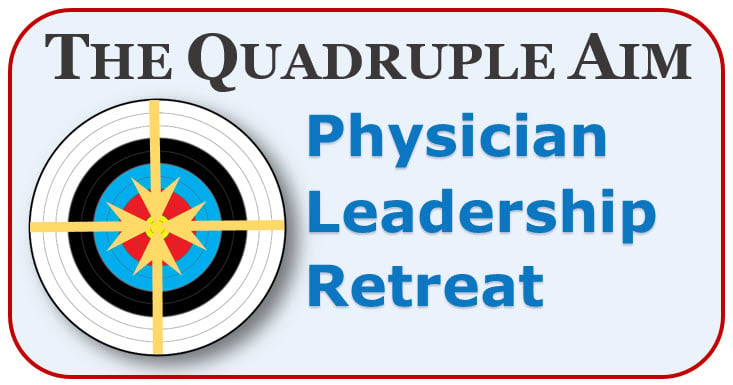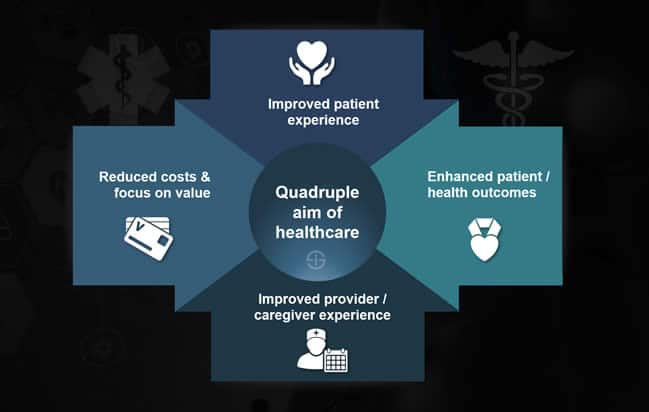

Healthy, connected patients are happy patients after all! Some ways that RPM augments the patient’s clinical experience is by: Vendors such as Certintell can partner with your organization to make RPM services accessible to a variety of patient populations, maximizing your financial ROI when mapping your Quadruple Aim targets.Īlong with reducing costs, RPM also enhances the patient experience, completing the second Quadruple Aim goal. Without RPM, patients and clinicians stay disconnected, which can lead to increased hospital visits or worsened conditions that require more time and resources than a proactive approach, such as RPM, would’ve taken.Ī community health center’s average daily cost per patient is $2.09, compared to a hospital setting cost of $3.06.² Keeping patients in familial, proactive settings such as CHCs, decreases health care expenditures while maintaining a healthy patient-provider rapport. Equally, providers and health coaches can work to monitor patients and flag the system for any concerning readings. They can then have the power to make small lifestyle changes that lead to big health changes, rather than waiting until the problem worsens. This simple daily act increases awareness for patients about how daily habits might affect their routine readings. During an RPM program, the patient is responsible for gathering their vitals, which can then be sent automatically to the provider. Because RPM can be considered a type of preventative care measure, both clinicians and patients are given the tools needed to be proactive in a care plan. Despite these large daily expenditures, the nation still faces significantly lower health outcomes. The United States currently spends the most per capita on health care than any other country. These cost-savings could be attributed to the demonstrated correlation between health outcome improvement and health care cost reduction. The University of Mississippi Medical Center (UMMC), found that through RPM technology they were able to achieve a cost savings of more than $28,000 for just 100 patients in its first year of implementation.¹ They also found that they were able to reduce healthcare costs by $3,400 per patient per year by using RPM services.¹ Luckily, with RPM, the cost-savings naturally follow. In a value-based care environment, reducing costs is no doubt one of the biggest, if not the most stressful, goals to achieve. The interprofessional education strategic goals support the vision of the Quadruple Aim to improve patient health care, to improve population health in Arkansas, to reduce cost of health care, and improve provider satisfaction in Arkansas.Schedule a Demo to See the Magic in Action To contribute to UAMS’ success in reaching the Quadruple Aim the Office of Interprofessional Education has developed a strategic goal framework that supports a horizontal organizational structure that bridges across UAMS’ six- health professions (colleges), clinical delivery system and our research enterprise.

Improve provider satisfaction (professional wellness).Reduce the per capita cost of health care.

Improve the patient experience of care (including quality and satisfaction).The Quadruple Aim framework was designed to help health care organizations: Building upon this, our office has now adopted the Quadruple Aim. The Triple Aim was developed by the Institute for Healthcare Improvement in October of 2007. What & Why – Interprofessional Education (IPE).


 0 kommentar(er)
0 kommentar(er)
